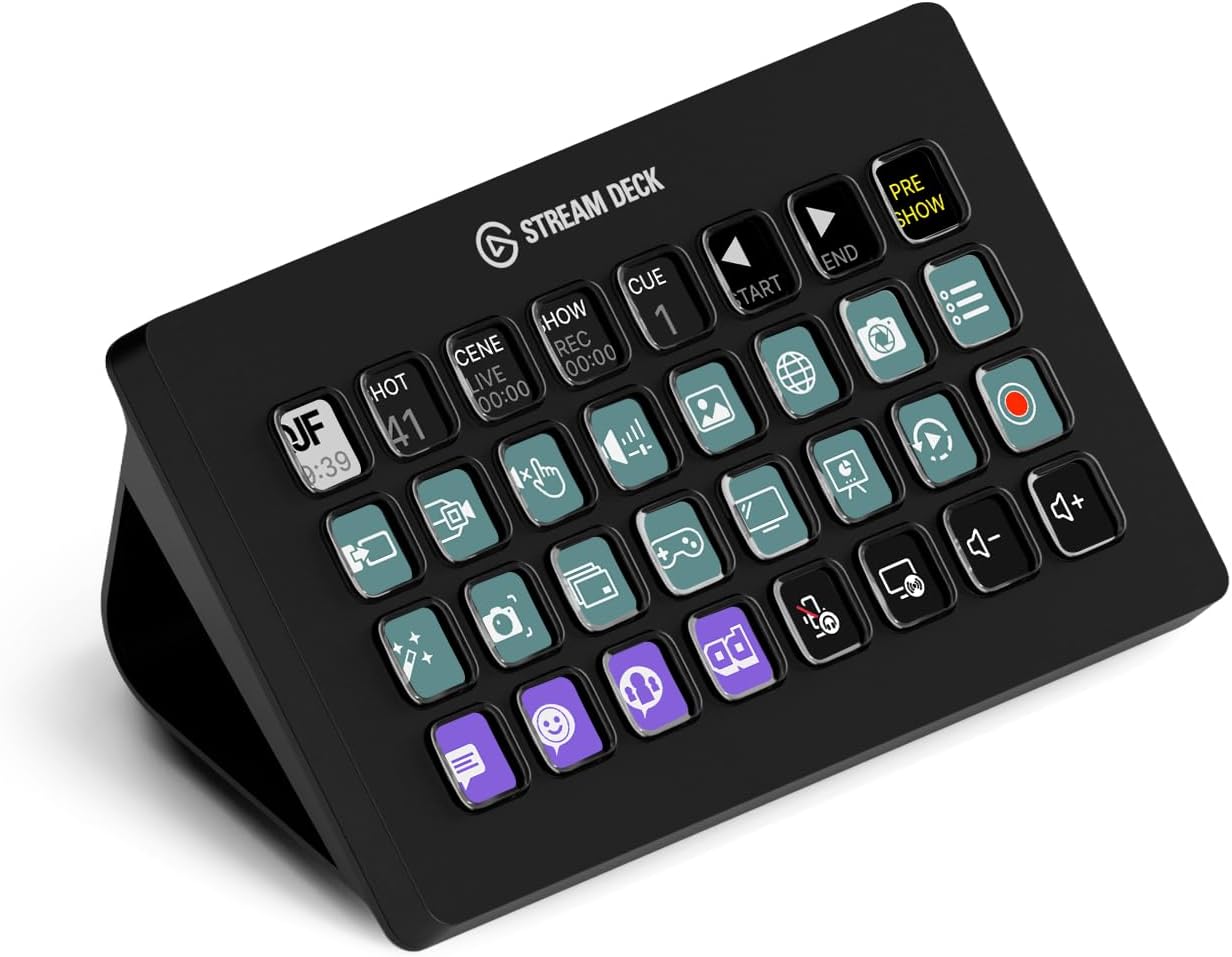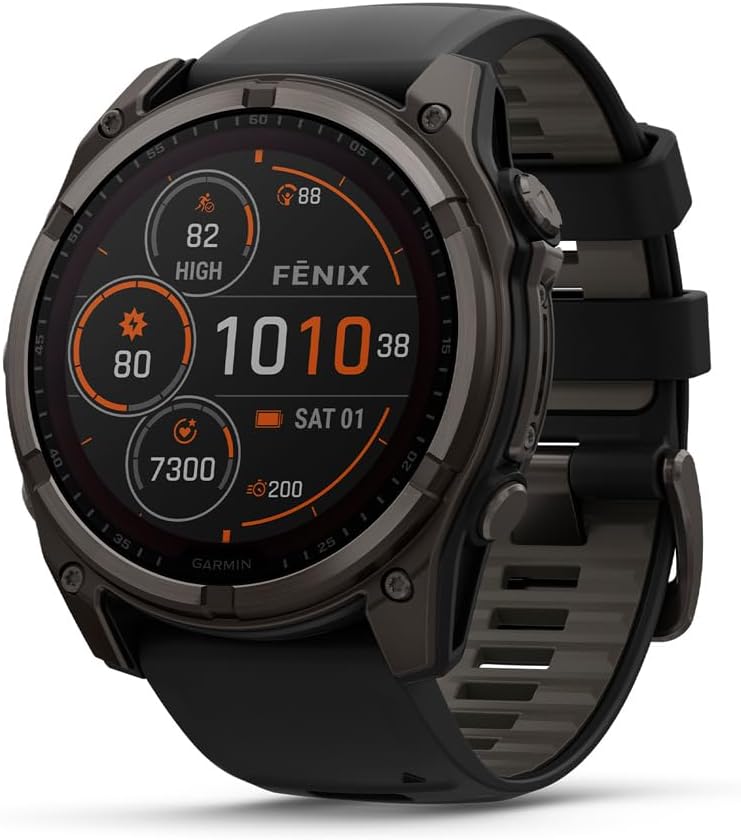Bio
The son of a school teacher mother and a father who worked as a parking attendant and scrap metal worker, Roy was born in Los Angeles. It was a Lionel Hampton concert he attended when only five that he discovered his love for the vibes, the instrument which would ultimately become his most productive creative tool. Ironically, it was the piano he chose to play initially. "That surprises most people, but I didn't start playing the vibes, at least not seriously, until I was in my senior year of high school," he recalls.
Upon making the switch to the vibes, however, Roy made a total commitment to them and his music, dedicating long hours of practice determined to be the best. As As the years went by he began achieving his goals.
His early years were steeped in Jazz. Along the way he shared stages and studios with many of jazzfs finest exponents including Chico Hamilton, Wayne Henderson, Curtis May and Herbie Mann.
It was with Mann that Roy scored what many refer to as his "overnight11 success. He sees it slightly different. "It didn't happen overnight by a long shot, I paid my dues. But playing with Herbie, who produced my first three albums, was a pivotal point in my career.
The next phase was the formation of Roy Ayers Ubiquity, a Jazz aggregation of top shelf musicians that Polygram Records quickly signed in 1970* Their albums were highly regarded and furthered the legend of the group's leader throughout Jazz circles-But in 1976 Roy decided it was time for a change, t!A lot of things were happening musically that I wanted to experiment with so my first step in that R&B/Jazz direction wm f^stic Voyage/1 he remembers.
The follow-up to "Voyage/* Everybody Loves The Sunshine, pumped even more adrenaline into his already energized career. Massive airplay, impressive record sales and topping the charts paved the way to international recognition. Roy Ayers had arrived.
By the end of 1976 he released Vibrations, spawning the hits "Damelo (Give it to Me), "Searching," and "Come Out And Play,"
Highlighting the singles "Freaky Deaky" and "You Send Me," Royfs 1978 album Let's Do It was to be the prelude to what he refers to as his mellow period, nI realized after Let's Do It that I was going to change my image and I got into a more mellow thing." His LP titles of that time speak for themselves: Our Life, Prime Time, No Stranger to Love and Love Fantasy.
Following his 1980 tour of Africa, Roy again changed directions releasing Africa, Center Of The World, That LP spawned the classic "The River Niger" and "Destination Motherland/1 both influenced by Fela Anikulapo Kuti, famed African percussionist who played with Ayers on his African pilgrimage.
Wrapping up his tenure with Polygram with the LP Feeling Good, Roy then went into a period of meditation and creative revitalization, readying himself for what came to be IN THE DARK. "I've been putting this album together from point A to point B for two years," he advised. "Everything that went into it comes from the heart, I!m about change sure, but one thing that won't change is working with the best, in this case Stanley, Grover, Tom, Paulinho, William Allen, and everyone else who made this the most satisfying album I've ever recorded. And now that I'm with CBS things couldn't be better."












